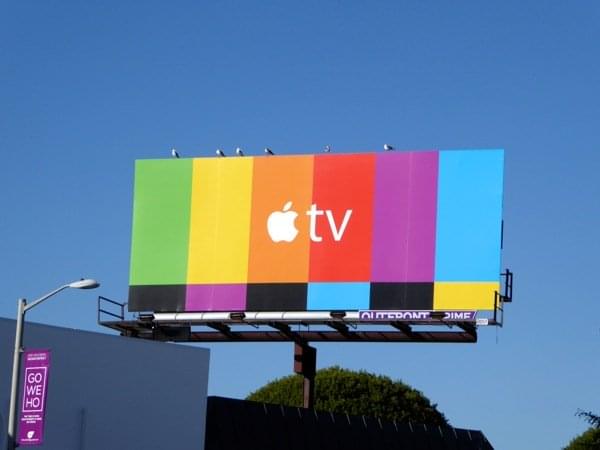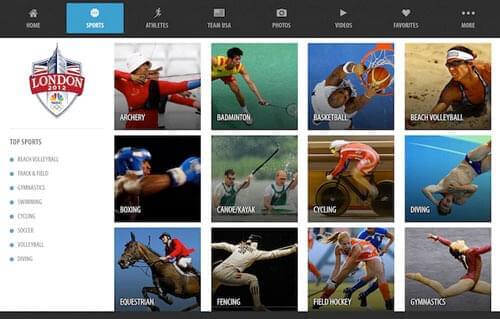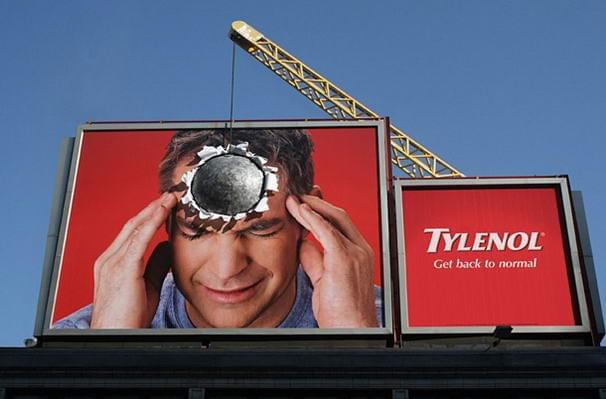
There are two strategies that use marketing and innovation techniques that help businesses flourish. In marketing, advertisements play an important role. Companies use advertisements to gain the attention of audiences by placing their ads on diversified media outlets. Advertising types include the use of print media, radio and television, internet ads, email lists, social media, direct mail and billboards.
Due to many commercial options available in market, a question arises, “What is the best option to advertise a product?”. The answer to this will stem from knowledge about the specific product you want to sell. How will it be used, who will use it, what core benefits will it bring to the table, what is the value, how often is it used, is it shareable, personal, can it be intergenerational?
If these questions can be answered but the reach is low, your product will most likely need the help of advertising.
Advertising on television and on billboards is often part of a multimedia marketing strategy. Just like any other marketing strategy, these two have their own pros and cons.
Advertisements on Television
Since the 1940s, television has been widely accepted into our homes as a source of news, information, and entertainment. The combination of sight, sound, and motion from TV make it a multi sensory advertising medium. Today, many viewers consume a limited amount of television while digital video recorders (DVRs) have shifted habits towards ad avoidance. Light television viewers comprise 40 percent of the total television audience, spending less than 90 minutes per day watching TV between the hours of 6:00 AM and midnight.
Big market stations remain critical to broadcast networks, despite an increasing reliance on digital and online content distribution. For dozens of major independent station group owners, local television is their core business and revenue source. With broadcast networks selling programs directly to cable and new digital media outlets, and as broadcast networks rely more on online sites, digital platforms and local stations have faced a dilution of the affiliate brand.

Advantages of Television Advertisements:
- It covers a wide range of geographic areas.
- The number of audiences for television are comparatively larger than any other media. Every age group watches television, primarily for entertainment purposes.
- It is easy to buy ads on television and the post-purchase maintenance is easy. Records show that consumers will purchase the given product due to the given advertisement blasting through their TV.
What many people also don’t realize is the low prices of promoting products this way. Nowadays, creating affordable TV commercials isn’t a big issue. Television rates are very flexible and can be adjusted to fit within any budget.
Disadvantages of Television Advertisements:
- Day by day audiences are declining due to fragmentation of the TV society. Earlier television was one of the few means of entertainment but, now with mobile viewing and internet services, television lost its spectators.
- Because of the shift towards convenience consumption, and their fast paced lives, people do not have time to watch television so there is increased use of DVRs that diminish the impact of commercials.
- Moreover, television promotion is very costly.
Out of Home Advertisements
The 1900’s were a great period of time for billboard marketing, however the explosive growth that followed did not happen by chance or in a bubble. It was the popularity of automobiles that really contributed to the growth of the outdoor advertising industry. In fact, it was the mass affordability of Henry Ford’s Model-T which brought private transportation to the masses and, as a result, created a new mobile audience to which the billboard industry could market. Because more people could have access to the road, a new wave of advertising made waves.
The modern day billboard advertising approach can trace its roots to lithography, which was an invention of the late 1790s. Alois Senefelder, the genius behind this invention, has made it possible to mass produce as many posters and announcements as a business needed. There was one major limitation to the outdoor billboards being produced at the time, and that was the quality of the posters; they did not stand up when exposed to the elements for prolonged periods of time.
Advantages of OOH:
- Outdoor advertisements are the best medium to inform the moving population.
- It is less expensive.
- It can be displayed at a place where best impact can be created.
- Once an advertisement board is installed at a location, it usually remains there for a fairly long period. Thus, it creates a lasting impression on the public.
- A stark, strong visual image enhances the value of outdoor advertisements.
Disadvantages of OOH:
- It conveys limited information. The messages need to be short and snappy as people on the move don’t have time to read long copy.
- Outdoor advertisements strongly rely on the spark of visuals, limiting advertising capabilities.
- Outdoor advertisements are just starting to become properly tracked and measured for ROI.
- Outdoor advertising by itself is not adequate enough. It is used to supplement all other media of advertising.
Broadcast Television and OOH:
-
OOH reinforces television messages when viewers are away from their homes during the course of daily activities, and the messages will be more concise aligning with their convenient needs.
-
OOH minimizes wasted coverage and improves an advertiser’s campaign by providing the ability to target ad messages geographically.
-
Television is expensive. OOH improves the efficiency of a television campaign by driving down CPM costs. OOH reaches light TV viewers who are younger, mobile, and more affluent than heavy TV viewers.
The Rise of Convenience Consumption
Let’s face it, television consumption is fading away by the generation. More people come across advertising on their mobile devices, the vast internet, through OOH executions, by participatory involvement, and more techniques that combat the original advertiser known as the TV. Consumers cradle their iPads, while their iPhone is resting on their table, and their laptop is wide open in front of them with the potential of a TV playing in the background. This overload is brought to you by our multi screen society, where television has seemingly lost its place in advertising to people with a singular attention span. Zuobin He, former director of digital media analytics at WWE, put it perfectly when he drew an example looking at Apple, “The company soon realized that iPad had become an indispensable device in the consumer’s bedroom right before we fall asleep. Research on second-screen viewing for the 2012 London Summer Olympics, for example, showed that people were watching in the bedroom with iPad. But the original device was too big and clumsy to hold comfortably in bed. A smaller version was a welcome addition.” (He 2013). It is clear that consumers are shying away from the television due to the many other bright lights emitting from their selection of devices. And it is convenient for them to play around with the many devices that tech now has to offer them.
Even though television looks like it may be a lost source of powerful advertising, billboards still remain true to capture audiences whether they like it or not. You can’t turn your head away from a billboard looking at you right in the face, but you can pick up your new iPhone while the TV is trying to show you a product commercial. Billboards stick whereas television advertising is losing its grip on new consumers digesting and interacting with brands.
References:
He, Zuobin (11 January, 2013). Digital Media’s Biggest Opportunity: Convenience Consumption. AdAge. Retrieved from: https://adage.com/article/digitalnext/digital-media-s-big-opportunity-convenience-consumption/239097/





